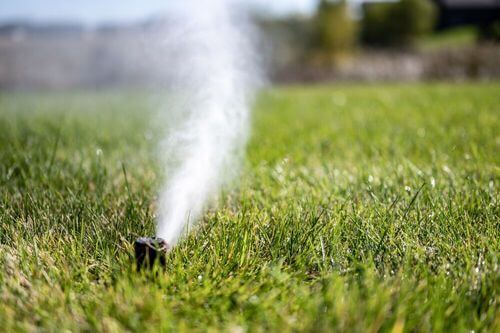Selecting the right type of grass is a crucial step in creating an attractive and functional outdoor space. Whether you’re new to gardening or a landscaping enthusiast, these tips will help you choose the grass type that suits your specific needs:
1. Site Analysis: Understanding Local Conditions
Before choosing your grass, assess your site’s specific conditions such as sunlight exposure, soil type, drainage, and intended use of the space. These factors will influence which grass type will thrive best in your environment.
2. Types of Grass: Adaptability and Use
There are several types of grass suited to different climates and growth conditions. Common options include Bermuda grass, suitable for hot and sunny climates, and Fescue grass, better suited to cooler and shaded climates. Choose the type that best matches your region’s conditions and the use of your outdoor space.
3. Maintenance Management: Needs and Care
Consider your availability for grass maintenance. Some grass types require more frequent mowing, regular fertilization, and controlled irrigation, while others are more tolerant and require less maintenance. Choose a grass type that aligns with your maintenance capabilities and personal preferences.
4. Aesthetics and Usage: Harmonizing with the Landscape
Select grass that complements the overall aesthetics of your landscape. Consider how the grass will integrate with other elements such as flower beds, paved paths, or seating areas. Choose a variety that contributes to creating a harmonious and pleasant atmosphere in your outdoor space.
5. Durability and Resistance: Adaptation to Local Conditions
Opt for grass that is resistant to local diseases and pests specific to your region. Some grass types are more robust and better adapted to changing weather conditions, maintaining a lush and healthy appearance throughout the year.
6. Installation Tips: Preparation and Planting
Before planting your grass, ensure you properly prepare the soil by removing debris, leveling the surface, and adding amendments if necessary. Follow specific instructions for the grass type you’ve chosen to ensure successful establishment and healthy growth.
7. Continuous Evaluation: Monitoring and Adjusting
Once your grass is planted, monitor its growth and initial development closely. Adjust your maintenance schedule as needed based on the specific requirements of your grass type and local weather conditions.
8. Sustainable Resource Use: Environmentally Friendly Practices
Promote sustainable water management practices by opting for efficient irrigation techniques and minimizing the use of herbicides and pesticides. Enhance the ecological balance of your garden by choosing grass varieties that require fewer resources and are more suited to your local ecosystem.
9. Expert Advice: Consultation with Professionals
If you have any doubts about choosing the type of grass or its management, consider consulting a landscaper or gardening specialist. Their expertise will help you make informed decisions and maximize the beauty and sustainability of your landscaping.
By following these guidelines, you’ll be able to select and maintain the type of grass that transforms your outdoor space into a place of beauty and comfort, tailored to your needs and lifestyle.

